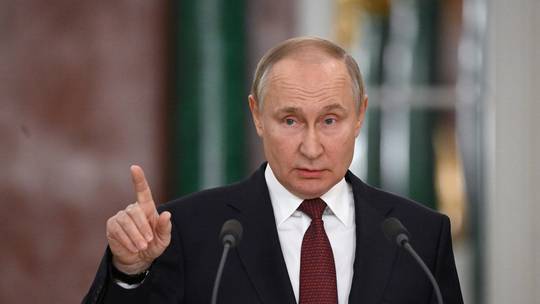The dizzying inflation curve in the US is slowly flattening, and December data, due out on Friday, should show a further slowdown, and perhaps even, for the first time since May 2020, a slight decline in monthly prices.
• Read also: Tools to better choose your new credit card
• Read also: Wall Street ends, driven by cheap purchases
• Read also: Cost of living crisis: the biggest global risk today
“The optimism remains intact,” Oanda economist Edward Moya said in a statement, anticipating a report that will show “that disinflationary trends remain in place.”
CPI inflation, the benchmark measure, is expected to fall to 6.5% from December 2021, compared with a 7.1% increase between November 2021 and November 2022, according to the MarketWatch consensus.
And, if we compare prices not over a year, but over a single month, it is an expected drop, for the first time since Covid put the American economy under glass, almost three years ago. A drop of 0.1% is therefore expected, against a 0.1% increase last month.
Due in particular to a drop in petrol prices at the pump, notes Ian Shepherdson, chief economist at Pantheon Macroeconomics. And new car prices could also see their first one-month drop since January 2021.
“But the potential for surprises, in both directions, is real,” he cautions nonetheless.
It seems far off now, the month of June, when inflation reached its peak, the highest level since 1981, at 9.1% in a year.
However, even if this downward trend is confirmed, the US central bank (Fed), which has made slowing inflation its priority, will not declare victory so quickly.
He wants to bring inflation back to around 2%, but prefers another indicator, the PCE index.
Costs and risks
The monetary institution should continue to voluntarily slow down economic activity so that price pressure will ease permanently. At the expense of economic growth, and also at the risk of causing a recession.
Its benchmark rate looks set to rise further in the coming months, and to remain at an elevated level “for a while,” Michelle Bowman, one of the institute’s governors, said Tuesday, acknowledging however that it “is likely” to weigh on employment
“There are costs and risks in tightening (monetary, ed) policy to reduce inflation, but I believe that the costs and risks of making inflation persist are much greater”, he thus judged.
However, he is optimistic that we can curb inflation without causing a recession. But the effects of the Fed’s rate hikes take months to show.
And even as consumers have seen credit rates rise, consumption has so far held up. Also employment, with an unemployment rate falling further in December, to 3.5%.
However, the situation is likely to get more complicated in the coming weeks, analysts warn.
Layoffs are already on the rise in the tech sector, at Amazon, Salesforce, Facebook’s parent company Meta, Twitter and DoorDash. And, in the financial sector, Goldman Sachs and Morgan Stanley banks will also separate some of their workforces.


